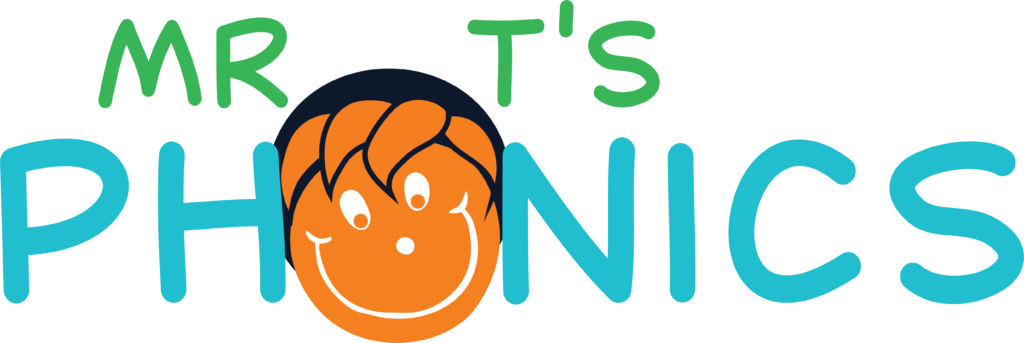
Introduction to Guided Reading
Guided reading is a teaching strategy that involves small groups of students working with a teacher to focus on their individual reading needs and goals. The teacher guides students in their reading process by helping them develop the skills and strategies necessary for comprehension and independent reading.
In a guided reading lesson, the teacher begins by assessing each student’s reading level and selecting a text that is appropriate for their abilities. The text is then shared with the students, and the teacher leads them through the reading process, offering support and guidance as needed. During the reading, the teacher may ask questions, provide clarification, and help students make connections between the text and their own experiences.
Key Components to Guided Reading
One of the key components of guided reading is the development of strong reading strategies. As students read, the teacher helps them to identify and apply the appropriate strategies for their reading level. This may include encouraging students to use picture cues, making predictions about what will happen next in the text, or asking questions about the story.

Another important aspect of guided reading is the development of comprehension skills. The teacher helps students to understand what they are reading by guiding them in making connections between the text and their own experiences, and by encouraging them to ask questions and make inferences. Additionally, the teacher may use graphic organizers, such as Venn diagrams or concept maps, to help students understand and organize the information they are reading.
Guided reading is particularly effective for students who are just beginning to develop their reading skills, as well as for those who struggle with reading. The small group format provides students with individual attention and support, allowing them to progress at their own pace and develop the skills they need to become successful readers.
In addition to the benefits for individual students, guided reading can also have a positive impact on the classroom as a whole. By working with small groups of students, the teacher is able to provide more personalized instruction, which can lead to higher student engagement and motivation. Additionally, the teacher can use the opportunity to model and reinforce positive behaviors, such as teamwork and active participation, which can help create a supportive and inclusive learning environment.
How to Do an Effective Guided Reading
To be an effective guided reading teacher, it is important to have a strong understanding of literacy development and the stages of reading. This includes understanding the different components of reading, such as phonemic awareness, phonics, vocabulary, fluency, and comprehension, and knowing how to support students as they develop these skills. Additionally, the teacher should be knowledgeable about the different levels of text complexity and have a wide range of texts available to use in their lessons.
Using assessments to track student progress and modify training as necessary is another crucial component of good guided reading. This may entail routinely testing students’ comprehension abilities and reading methods, as well as regularly tracking students’ reading levels and modifying the texts used in courses.
Finally, it is important for the teacher to establish a positive and supportive learning environment for their students. This may involve creating a warm and inviting classroom atmosphere, establishing clear routines and expectations for behavior, and promoting active student engagement and participation.

In conclusion, guided reading is a powerful teaching strategy that can help students develop the skills and strategies they need to become successful readers. By providing individual attention and support, and by encouraging the development of strong reading strategies and comprehension skills, guided reading can help students achieve their reading goals and become lifelong learners.



